by Ennis Carter, curator & author of Posters for the People
 by Harry Herzog
by Harry Herzog As Black History Month comes to a close, I'd like to share some of my favorite examples of African American representation in WPA Posters. Lately, I've seen several comments about the WPA - and the posters in particular - that contribute to a narrative about the imagery systematically erased people of color. It's a narrative that concerns me because I have the exact opposite perspective.
I have always thought that WPA posters offered a glimpse into American life that counteracted a systematic absence or misrepresentation of people of color in mainstream advertising - a dominant narrative form in our market-focused country. In many cases, too, the artists depicted symbolic human forms rather than narrow images of what it meant to be an American or a worker. The WPA was by no means fully integrated, but I firmly believe that some of the poster artists were trying to balance inequity through their own creative work.
Below are some of my favorite examples of posters that highlight, honor, and celebrate African American people and culture. Many of them (and hundreds more) were designed and produced by people of color who worked in the WPA. (African Americans made up about 15% of the WPA workforce at that time).
And, as always, if you see WPA posters out there in the world, please share with us! We have documented only 2,000 of the 35,000 thought to have been produced. With those odds, I'm sure there are many more beautiful examples that contributed to a diverse and inclusive view of America - then and now.
Our position on racist or demeaning content in posters
Not all of the WPA posters were respectful in depicting people of color and are not above reproach for having racist or demeaning content. In the interest of documenting all of the WPA posters known to exist, we include everything in the digital archive only. This is real history that needs to be part of the overall view of the output of this program - as sanctioned by the United States government. It is not a part of the program that we celebrate, however. Reproductions are not available of posters that depict racist or demeaning content and we do not include any of these images in our book or exhibits.
I have always thought that WPA posters offered a glimpse into American life that counteracted a systematic absence or misrepresentation of people of color in mainstream advertising - a dominant narrative form in our market-focused country. In many cases, too, the artists depicted symbolic human forms rather than narrow images of what it meant to be an American or a worker. The WPA was by no means fully integrated, but I firmly believe that some of the poster artists were trying to balance inequity through their own creative work.
Below are some of my favorite examples of posters that highlight, honor, and celebrate African American people and culture. Many of them (and hundreds more) were designed and produced by people of color who worked in the WPA. (African Americans made up about 15% of the WPA workforce at that time).
And, as always, if you see WPA posters out there in the world, please share with us! We have documented only 2,000 of the 35,000 thought to have been produced. With those odds, I'm sure there are many more beautiful examples that contributed to a diverse and inclusive view of America - then and now.
Our position on racist or demeaning content in posters
Not all of the WPA posters were respectful in depicting people of color and are not above reproach for having racist or demeaning content. In the interest of documenting all of the WPA posters known to exist, we include everything in the digital archive only. This is real history that needs to be part of the overall view of the output of this program - as sanctioned by the United States government. It is not a part of the program that we celebrate, however. Reproductions are not available of posters that depict racist or demeaning content and we do not include any of these images in our book or exhibits.
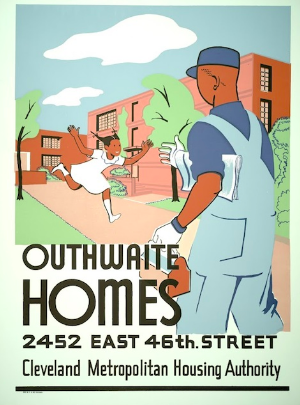

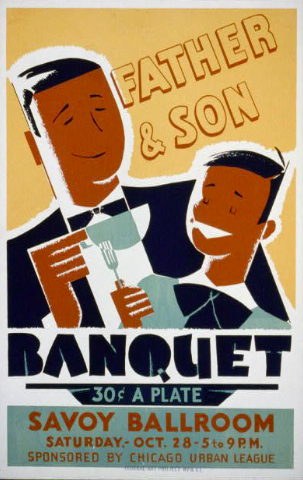
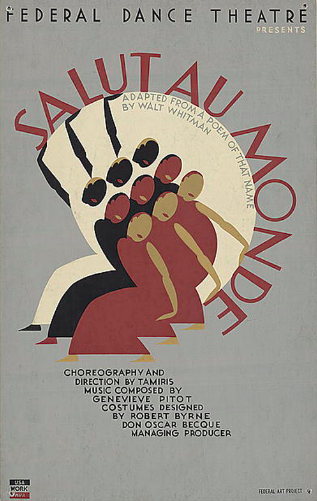

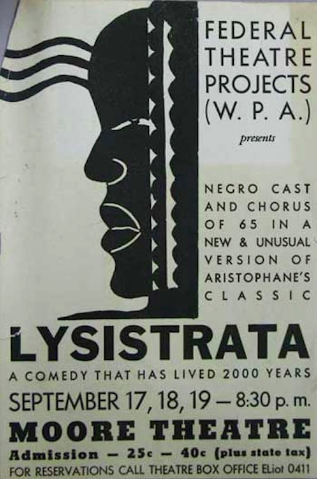
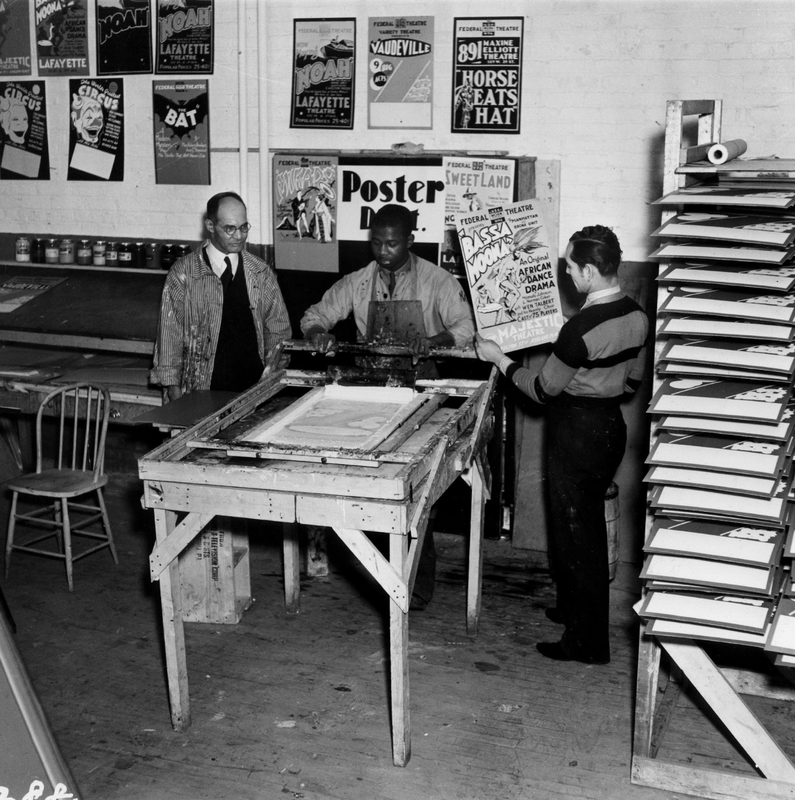
 RSS Feed
RSS Feed
